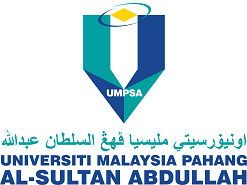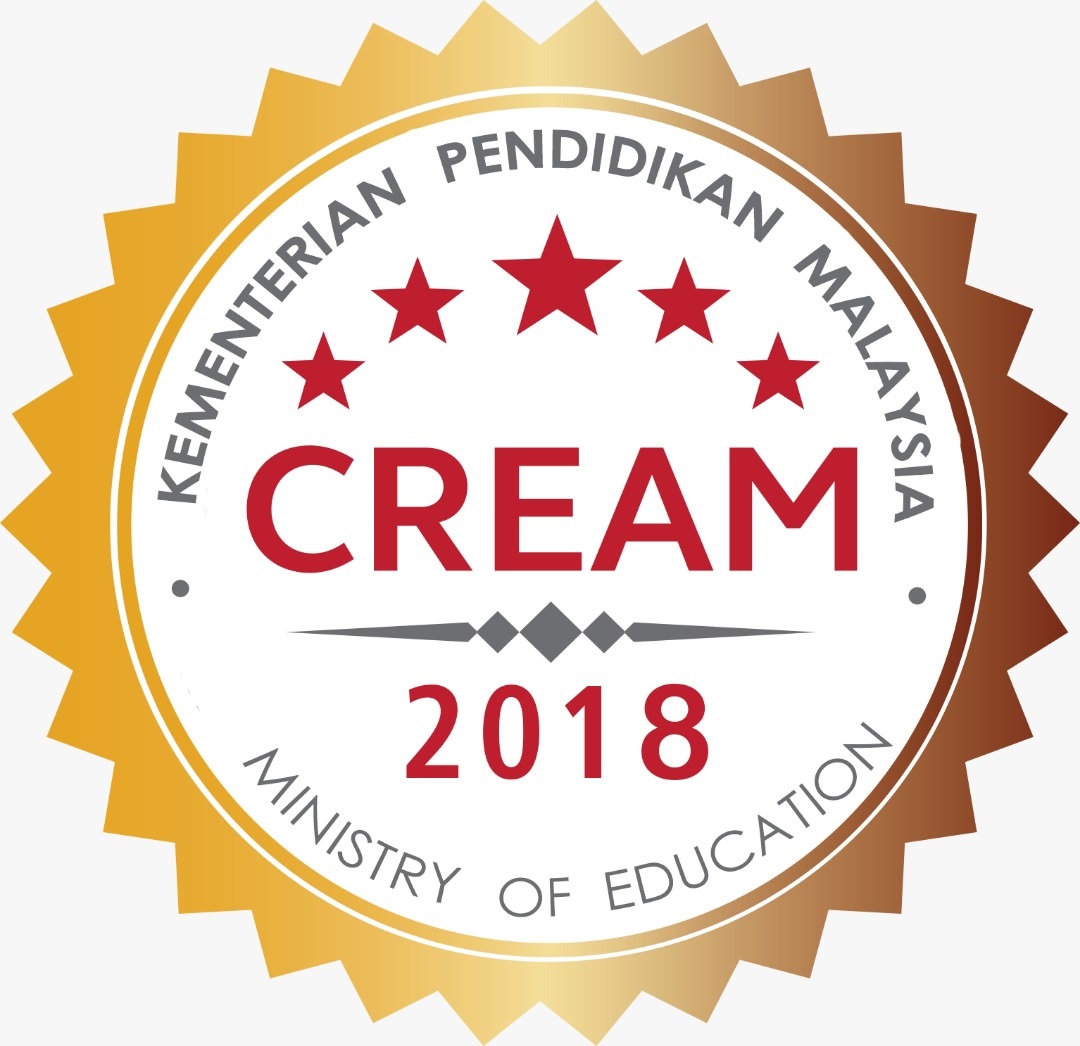Influence of laser power and scanning speed on necking growth of SS316L powder in laser melting processes
DOI:
https://doi.org/10.15282/jmes.19.2.2025.9.0837Keywords:
Particle joining, Powder diffusion, Necking, SLM, Laser parameterAbstract
Necking is a crucial phenomenon that can highly affect the mechanical properties and structural integrity of the material, especially in additive manufacturing. To understand the effect of laser power and scanning speed on necking formation between powder particles for SS316L, a study was conducted on the joining of powder particles under various laser parameters. This knowledge is valuable for fine-tuning laser processing parameters across various industrial applications. For this study, Uniweld Laser 3000 was used for the laser joining process. For the laser parameters, laser speeds ranging from 50 mm/s to 150 mm/s and laser powers of 15 W, 20 W, and 25 W were used in this study. The laser process was concentrated explicitly on observing the powder joining process within a single track. It was observed that the necking size increases as the laser power increases and the scanning speed decreases. At 150 mm/s with 150 W, no particle joining was observed as the powder absorbed insufficient energy to undergo the melting process. At different laser powers, the necking growth rate between scanning speeds varies. When laser power was 15 W and scanning speed was 125 mm/s, the neck size increased to 49 µm. The necking increases further to 62 µm, 93 µm, and 100 µm when the scanning speed is reduced to 100 mm/s, 75 mm/s, and 50 mm/s. The same trend can also be observed under higher laser power, but at a different neck growth rate. Analysis of dislocation density for different laser parameters was also performed. It has been found that the highest energy density corresponds to the highest dislocation density, with a value of 2.03×1014 m-2. It can be concluded that a slower scanning speed allows particles to absorb more heat for the melting process, hence increasing the necking size of the particles.
References
[1] B. DeBoer, N. Nguyen, F. Diba, A. Hosseini, “Additive, subtractive, and formative manufacturing of metal components: a life cycle assessment comparison,” International Journal of Advanced Manufacturing Technology, vol. 115, no. 1–2, pp. 413–432, 2021.
[2] S. Pradhan, S. Singh, C. Prakash, G. Królczyk, A. Pramanik, C. I. Pruncu, “Investigation of machining characteristics of hard-to-machine Ti-6Al-4V-ELI alloy for biomedical applications,” Journal of Materials Research and Technology, vol. 8, no. 5, pp. 4849–4862, 2019.
[3] A. Khatri, M. P. Jahan, “Investigating tool wear mechanisms in machining of Ti-6Al-4V in flood coolant, dry and MQL conditions,” Procedia Manufacturing, vol. 26, pp. 434–445, 2018.
[4] F. M. Foudzi, L. Y. Hung, F. I. Jamhari, M. A. Buhairi, A. B. Sulong, N. Muhamad, et al., “Physical and hardness performance at different surfaces for titanium alloy (Ti6Al4V) printed using selective laser melting process (SLM),” Jurnal Kejuruteraan, vol. 36, no. 3, pp. 1217–1226, 2024.
[5] D. Herzog, V. Seyda, E. Wycisk, C. Emmelmann, “Additive manufacturing of metals,” Acta Materialia, vol. 117, pp. 371–392, 2016.
[6] M. Bakhtiarian, H. Omidvar, A. Mashhuriazar, Z. Sajuri, C. H. Gur, “The effects of SLM process parameters on the relative density and hardness of austenitic stainless steel 316L,” Journal of Materials Research and Technology, vol. 29, no. 1, pp. 1616–1629, 2024.
[7] T. Liu, Q. Wang, X. Cai, L. Pan, J. Li, Z. Zong, et al., “Effect of laser power on microstructures and properties of Al-4.82Mg-0.75Sc-0.49Mn-0.28Zr alloy fabricated by selective laser melting,” Journal of Materials Research and Technology, vol. 18, pp. 3612–3625, 2022.
[8] F. I. Jamhari, F. M. Foudzi, M. A. Buhairi, A. B. Sulong, N. A. M. Radzuan, N. Muhamad, et al., “Influence of heat treatment parameters on microstructure and mechanical performance of titanium alloy in LPBF: A brief review,” Journal of Materials Research and Technology, vol. 24, pp. 4091–4110, 2023.
[9] F. M. Foudzi, M. A. Buhairi, F. I. Jamhari, “Influence of processing parameters of selective laser melting (SLM) on additive manufactured titanium alloy (Ti6Al4V),” in Proceedings of Mechanical Engineering Research Day, pp. 55–57, 2020.
[10] M. R. Mazlan, N. H. Jamadon, M. A. Aripin, A. B. Sulong, A. M. Halil, M. Ishak, et al., “Effect of laser speed on neck formation in SS316L powder joining for LPBF,” Journal of Materials Research and Technology, vol. 32, no. August, pp. 3382–3389, 2024.
[11] C. Pu, F. Liu, S. Wang, “Liquid force and rupture distance between two particles,” Advances in Materials Science and Engineering, vol. 2021, pp. 1-9, 2021.
[12] S. Murali, D. P. Birnie, “Neck formation in reactive sintering: A model 2-D experiment,” Journal of Materials Research, vol. 27, no. 8, pp. 1193–1197, 2012.
[13] F. Qin, Q. Shi, G. Zhou, X. Liu, L. Chen, W. Du, “Influence of powder particle size distribution on microstructure and mechanical properties of 17-4 PH stainless steel fabricated by selective laser melting,” Journal of Materials Research and Technology, vol. 25, pp. 231-240, 2023.
[14] M. A. Buhairi, F. M Foudzi, F. I. Jamhari, A. B. Sulong, N. A. M. Radzuan, N. Muhamad, et al., “Review on volumetric energy density: influence on morphology and mechanical properties of Ti6Al4V manufactured via laser powder bed fusion,” Progress in Additive Manufacturing, vol. 8, no. 2, pp. 265-283, 2022.
[15] M. R. Mazlan, N. H. Jamadon, A. Rajabi, A. B. Sulong, I. F. Mohamed, F. Yusof, et al., “Necking mechanism under various sintering process parameters – A review,” Journal of Materials Research and Technology, vol. 23, no. 3, pp. 2189–2201, 2023.
[16] P. Hejmady, L. C. A. Van Breemen, P. D. Anderson, R. Cardinaels, “Laser sintering of polymer particle pairs studied by in situ visualization,” Soft Matter, vol. 15, no. 6, pp. 1373–1387, 2019.
[17] J. Jhabvala, E. Boillat, R. Glardon, “Study of the inter-particle necks in selective laser sintering,” Rapid Prototyping Journal, vol. 19, no. 2, pp. 111–117, 2013.
[18] N. Campos, T. Tinga, “Revealing the effects of powder reuse for selective laser melting by powder characterization,” The Journal of The Minerals, Metals & Materials Society, vol. 71, no. 3, pp. 1062–1072, 2019.
[19] H. Dai, D. Chen, Z. Zheng, “Modelling the sintering neck growth process of metal fibers under the surface diffusion mechanism using the lattice boltzmann method,” Metals, vol. 9, no. 5, p. 614, 2019.
[20] J. Zhang, D. Gu, Y. Yang, H. Zhang, H. Chen, D. Dai, et al., “Influence of particle size on laser absorption and scanning track formation mechanisms of pure tungsten powder during selective laser melting,” Engineering, vol. 5, no. 4, pp. 736–745, 2019.
[21] N. Tabatabaei, A. Zarei-Hanzaki, A. Moshiri, H. R. Abedi, “The effect of heat treatment on the room and high temperature mechanical properties of AlSi10Mg alloy fabricated by selective laser melting,” Journal of Materials Research and Technology, vol. 23, pp. 6039–6053, 2023.
[22] S. Gorsse, C. Hutchinson, M. Gouné, R. Banerjee, “Additive manufacturing of metals: a brief review of the characteristic microstructures and properties of steels, Ti-6Al-4V and high-entropy alloys,” Science and Technology of Advanced Materials, vol. 18, no. 1, pp. 584–610, 2017.
[23] Y. Yu, M. Zu, C. Ren, W. Zhang, “Effect of strain rate on the plastic deformation and fracture of 90W-7Ni-3Fe alloy prepared by liquid-phase sintering,” Journal of Materials Engineering and Performance, vol. 27, no. 12, pp. 6606–6615, 2018.
[24] J. A. El-Awady, “Unravelling the physics of size-dependent dislocation-mediated plasticity,” Nature Communications, vol. 6, pp. 1–9, 2015.
[25] W. Zhou, X. Ren, Y. Yang, Z. Tong, L. Chen, “Dislocation behavior in nickel and iron during laser shock-induced plastic deformation,” International Journal of Advanced Manufacturing Technology, vol. 108, no. 4, pp. 1073–1083, 2020.
Downloads
Published
Issue
Section
License
Copyright (c) 2025 The Author(s)

This work is licensed under a Creative Commons Attribution-NonCommercial 4.0 International License.






